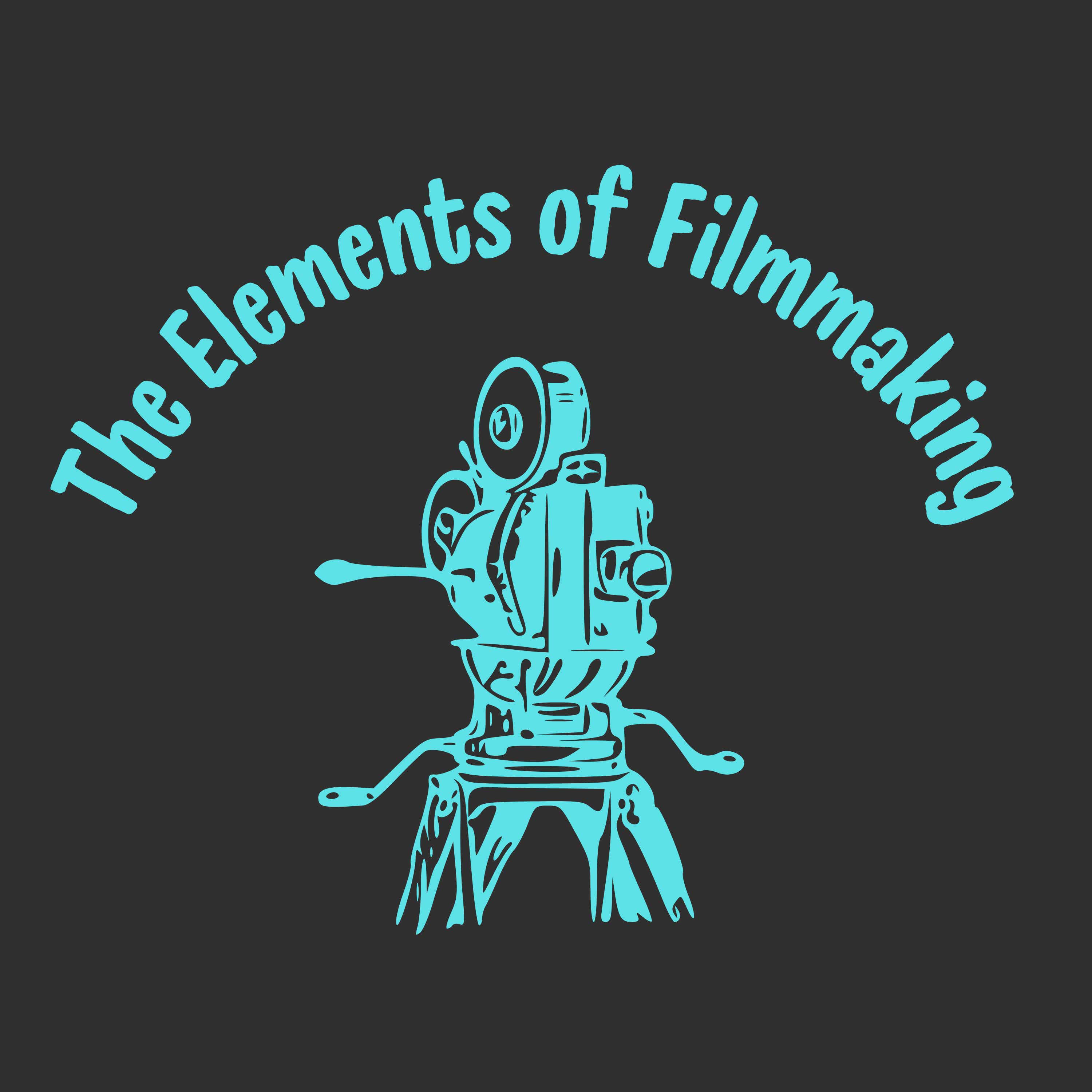How to Attract Investors, Talent, and Distributors: Use a Film Finance Plan
Description
From the Living Room (Watching Kipper the Dog, with my son.)
Monday, November 18th
Hey Filmmaker.
In the world of filmmaking, a great story and vision can only take you so far.
To bring your film to life, you need funding—and that’s where a film finance plan comes in.
This document isn’t just a collection of numbers; it’s a strategic tool that convinces investors, collaborators, talent, and distributors that your project is worth their time, money, and effort.
A solid finance plan tells potential stakeholders one key thing: “I’ve got this.”
It shows them how you’ll take the film from script to screen while ensuring their investment (whether it’s money, time, or creative energy) will pay off.
In this post, we’ll break down what a film finance plan is, how to use it effectively, and why it’s critical for any filmmaker serious about success.
What is a Film Finance Plan and How to Use It to Attract Investors, Talent, and Distributors
THE MODERN FILMMAKER
This Issue: How to Attract Investors, Talent, and Distributors: Use a Film Finance Plan…
Last Issue: Unlock the Hedonic Treadmill to Craft Unforgettable Characters…
On Sale Now: The Modern Filmmaker’s On Set Filmmaking Dictionary.
So There I Was… (Story)
So there I was, a first-time filmmaker with what I thought was a killer script.
I had my cast in mind, a director on board, and even a few location scouts lined up.
What I didn’t have? Money.
I knew I needed to attract investors, but every pitch I made felt like it was falling flat.
I’d talk about the story, the cast, and how great the movie would be.
But when they asked about numbers—budget, distribution, ROI—I’d stumble.
One investor bluntly told me, “Passion is great, but show me the plan.”
I realized then that while I had the vision, I lacked the financial roadmap to back it up.
That’s when I discovered the power of a film finance plan.
By mapping out the financial details, showing where the money would come from, how it would be spent, and how investors would profit, I finally started to turn heads.
Investors took me seriously, collaborators saw my project as viable, and even talent started signing on.
That’s when I learned that in filmmaking, a finance plan isn’t just paperwork—it’s your ticket to turning dreams into reality.
What is a Film Finance Plan?
A film finance plan is a document that outlines the financial blueprint for your film. It explains:
* How much money you need to make your film.
* Where that money will come from (investors, grants, crowdfunding, tax incentives, etc.).
* How the funds will be allocated (pre-production, production, post-production, marketing, etc.).
* How the film will generate revenue (box office, streaming, licensing, etc.).
* What kind of return investors can expect on their investment.
Think of it as a business plan for your film.
It provides stakeholders with a clear understanding of the project’s financial risks and rewards, giving them confidence to come on board.
How to Create and Use a Film Finance Plan
Creating a film finance plan might sound intimidating, but it’s about breaking the process into manageable steps. Here’s how to do it:
1. Start with the Budget
The foundation of any finance plan is a detailed budget.
This isn’t just a ballpark figure—it’s a line-by-line breakdown of every expense in your production, from camera rentals to catering.
Be as specific and realistic as possible.
For Paranormal Activity, the budget was famously just $15,000. The filmmakers outlined exactly where that money would go, prioritizing things like cameras and minimal sets.
This clarity helped them stay on track and attract investors post-production.
* Tip: Divide your budget into phases (pre-production, production, post-production, and marketing) to show how funds will be allocated at each stage.
2. Identify Funding Sources
Your finance plan should detail where the money will come from.
Common funding sources inclu
More Episodes
Published 11/18/24
From a Day of Training Barn Cats (See photos below.)
Thursday, November 14th
Hey Filmmaker,
In screenwriting and filmmaking, one of the greatest challenges is to create characters and stories that resonate deeply with audiences.
We want viewers to see themselves in our characters, to empathize...
Published 11/14/24
From a cold Fall night.
November 8th
Hey Filmmaker,
The road from script to screen is full of potential roadblocks, and for filmmakers, one of the most critical but often overlooked documents is the Chain of Title.
This document essentially “proves ownership” of a story, ensuring that all rights...
Published 11/08/24


